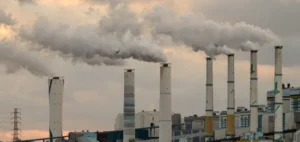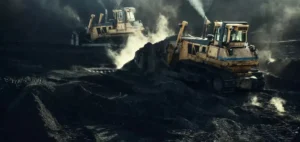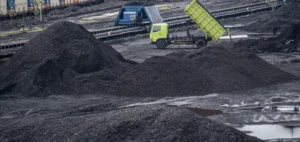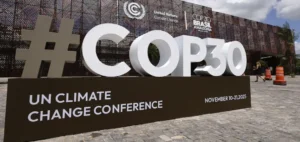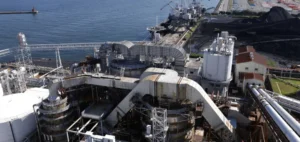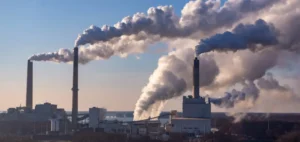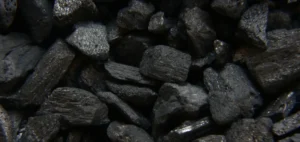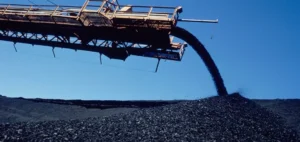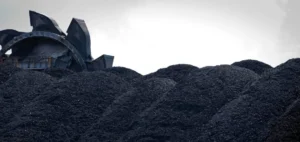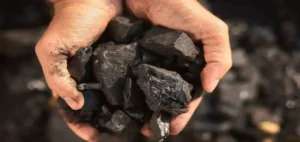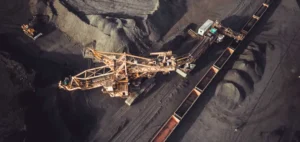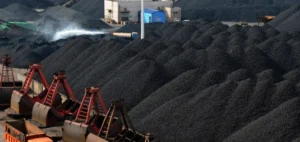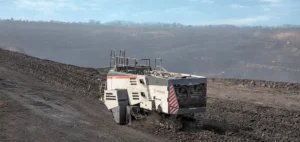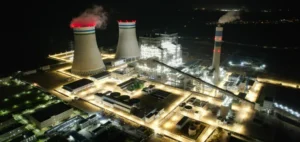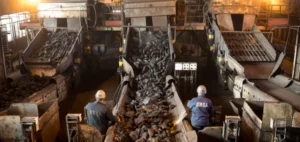The Hail Creek mine, operated by the Anglo-Swiss company Glencore in northeastern Australia, may have significantly underreported its methane emissions, according to a scientific study published in Environmental Science & Technology. The analysis is based on aerial surveys conducted in September 2023 by the United Nations International Methane Emissions Observatory in collaboration with Australian researchers.
Measurement methodology under scrutiny
Scientists collected samples of methane plumes near the mine, located approximately 130 kilometres west of the port city of Mackay in Queensland. Their estimates indicate that if the measured levels remained constant throughout the year, the mine’s emissions would be between three and eight times higher than the figures reported by Glencore. These findings raise questions about the reliability of emission inventories provided by the mining industry.
Glencore dismissed the conclusions, citing the limited scope of the sampling. In a statement, the group argued that the collected data lacked credibility, as it was used to extrapolate an annual estimate from spot measurements. The company also noted that it implemented a more precise methane accounting method in 2023, although it did not disclose specific details of the protocol.
Disproportionate impact on national emissions
In 2023, a previous study published in the same journal had already noted that Hail Creek accounted for around 20% of methane emissions from Australia’s coal mining sector, while contributing just 1% to national coal production. This imbalance drew the attention of researchers and regulators to the site.
Methane (CH4), although present in smaller quantities than carbon dioxide (CO2), is a short-lived but potent greenhouse gas. According to scientists, it is responsible for approximately 30% of global warming observed since the start of the industrial era. Its atmospheric lifetime, however, is limited to about a decade.




